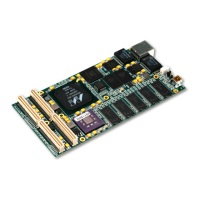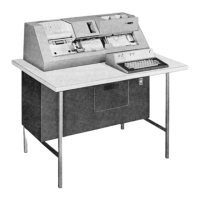168 POWER7 and POWER7+ Optimization and Tuning Guide
Deletion time Elapsed time in seconds after the first event recorded in trace (if available)
PID Process identifier
Process Name Name of the process using the lock
Call-chain Stack of called methods (if available)
Acquisitions The number of times the lock was acquired in the analysis interval
Miss Rate The percentage of attempts that failed to acquire the lock
Spin Count The number of unsuccessful attempts to acquire the lock
Wait Count The number of times a thread is forced into a suspended wait state while
waiting for the lock to come available
Busy Count The number of trylock calls that returned busy
Seconds Held This field contains the following subfields:
CPU The total number of processor seconds the lock is
held by a running thread.
Elapse(d) The total number of elapsed seconds the lock is
held, whether the thread was running
or suspended.
Percent Held This field contains the following subfields:
Real CPU The percentage of the cumulative processor time
the lock was held by a running thread.
Real Elapsed The percentage of the elapsed real time the lock is
held by any thread, either running or suspended.
Comb(ined) Spin The percentage of the cumulative processor time
that running threads spend spinning while it tries to
acquire this lock.
Real Wait The percentage of elapsed real time that any
thread was waiting to acquire this lock. If two or
more threads are waiting simultaneously, this wait
time is only charged one time. To learn how many
threads are waiting simultaneously, look at the
WaitQ Depth statistics.
Depth This field contains the following subfields:
SpinQ The minimum, maximum, and average number of
threads that are spinning on the lock, whether
running or suspended, across the analysis interval
WaitQ The minimum, maximum, and average number of
threads that are waiting on the lock, across the
analysis interval
Recursion The minimum, maximum, and average recursion
depth to which each thread held the lock

